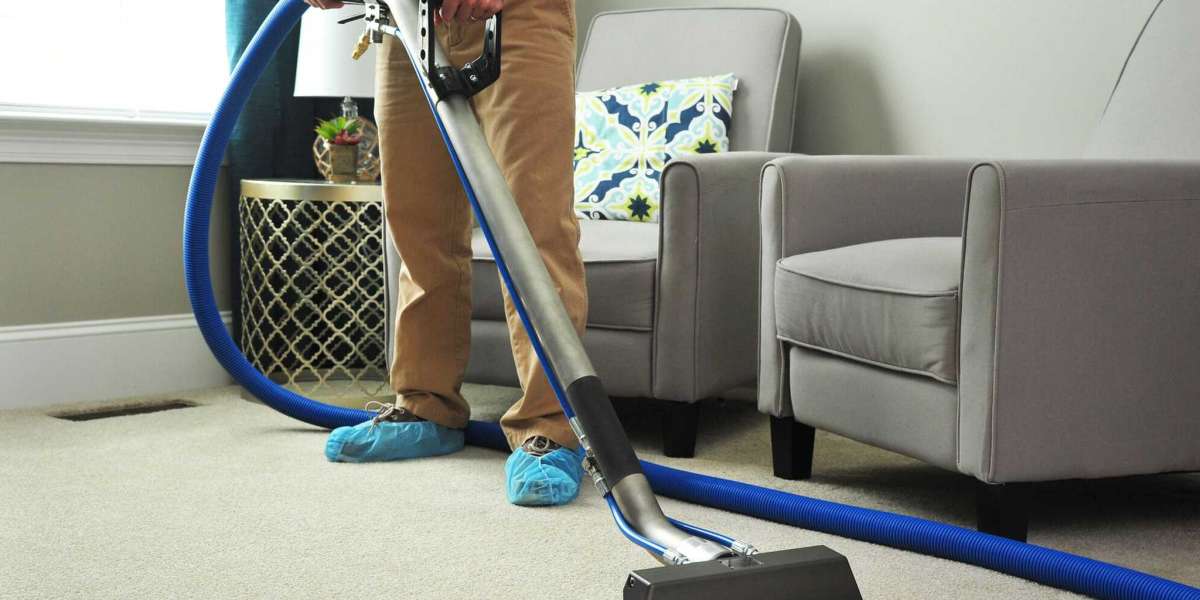Let’s unravel what makes the laser ceramic ring such a powerful and irreplaceable part of modern laser systems.
What Is a Laser Ceramic Ring?
A laser ceramic ring is a small, disc-shaped insulator usually placed between the laser nozzle and the cutting head of a fiber or CO₂ laser cutting machine. Its primary role is to isolate and support the nozzle, help with signal transmission, and maintain the alignment between the nozzle and the focusing lens during the laser cutting or welding process.
Most laser ceramic rings are made from high-performance technical ceramics, such as zirconia (ZrO₂) or alumina (Al₂O₃), chosen for their excellent thermal resistance, electrical insulation, and mechanical strength.
This isn’t just an accessory; it's a linchpin in precision laser applications.
Why Laser Ceramic Rings Are Non-Negotiable
If you’re running a fiber laser cutting machine, you know how vital nozzle position and sensor calibration are to achieve clean cuts. A misalignment or improper contact can ruin your cut, damage your lens, or even stop the machine entirely. That’s where the laser ceramic ring steps in.
Let’s look at several layers of its role:
1. Ensures Consistent Sensor Functionality
Most laser machines rely on capacitive sensors to maintain the correct distance between the nozzle and the material surface. The laser ceramic ring transmits the signal between the nozzle and the sensor system. If this signal is weak or interrupted due to a damaged ring, the machine can lose its ability to auto-focus or cut at the correct height.
2. Supports Heat Resistance
Laser operations generate significant heat, especially in high-powered fiber lasers. A good laser ceramic ring handles extreme thermal environments without warping, cracking, or losing conductivity. Its role is passive, but its impact is active in every second of a cutting process.
3. Acts as an Electrical Insulator
The laser ceramic ring isolates the nozzle electrically from the cutting head. This separation is vital because the nozzle may carry a low electrical charge used in the sensing system. Without proper insulation, incorrect readings could lead to crashes, faulty cuts, or safety issues.
The Hidden Danger of Overlooking the Ring
When maintenance teams think about replacing nozzles, lenses, or filters, the laser ceramic ring is often left untouched — until something goes wrong. And that’s the issue.
Worn-out ceramic rings can become:
Electrically leaky
Mechanically loose
Thermally unstable
This can lead to problems like:
Random Z-axis errors
Loss of focus height control
Nozzle crashes due to inaccurate detection
Signal failures during auto-focus routines
A single bad ring can halt production, damage other expensive parts, or mislead the operator into thinking a major system issue exists.
Matching Ceramic Rings with Laser Heads
Not every laser ceramic ring fits all machines. There are different standards depending on the laser head brand — whether it’s Precitec, Raytools, WSX, or others. Choosing the wrong size or composition can cause alignment errors or system faults.
When purchasing, one must consider:
Outer/Inner diameter
Thickness
Material composition
Signal pin type (single-pin or double-pin)
Compatibility with sensor systems
It’s best to source your rings from reliable suppliers who understand the specifications of your laser system. A few extra dollars spent here can prevent thousands in damage later.
Industrial Use Cases Where Ceramic Rings Are Essential
The laser ceramic ring is not just for show. Industries relying on it include:
Automotive component manufacturing: where precise welding of body frames depends on perfect nozzle alignment.
Stainless steel fabrication: especially where high-speed cutting requires stable capacitive sensing.
Shipbuilding and aerospace: where every cut matters, and downtime costs are massive.
Electronics and precision sheet metal cutting: where tolerance levels are tight and system stability is non-negotiable.
Across all these industries, the ceramic ring plays a quiet, behind-the-scenes role — but without it, operations would stall.
Common Signs That Your Laser Ceramic Ring Needs Replacement
Operators and technicians should routinely check for:
Cracks or chips on the ceramic surface
Signs of heat discoloration
Loose fitting with the nozzle or head
Loss of signal to the capacitive sensor
Increased Z-axis errors during cuts
If any of these show up, don’t wait. Replacing a laser ceramic ring is relatively inexpensive and easy — it could save you from a major headache.
Installation Tips for Best Performance
Always power off the machine before replacing the ring
Clean all contact surfaces before reassembly
Use gloves to avoid contaminating the ceramic surface
Confirm correct model matching with your nozzle and laser head
After replacement, recalibrate your nozzle height sensor if necessary
Even minor debris or an uneven seat can throw off your laser’s precision.
Where to Source Reliable Laser Ceramic Rings
When shopping for laser ceramic rings, avoid generic or substandard options. The best rings are made with strict quality control, using premium zirconia or alumina materials, and are dimensionally accurate to within microns.
Look for suppliers that:
Offer compatibility charts by laser head brand
Provide test certifications (e.g., thermal shock resistance, density, dielectric strength)
Ship rings with protective packaging
Allow bulk orders or B2B customization
Many machine downtime issues are traced back to these overlooked components. Using low-quality ceramic rings might save money today but risk future reliability.
Final Thoughts
The laser ceramic ring might not be the flashiest part of your machine, but it’s one of the most critical. It plays a silent but pivotal role in electrical insulation, signal transmission, and thermal resistance — all of which directly affect your machine's accuracy and reliability. Whether you’re operating a high-speed fiber laser cutter in an industrial facility or running a smaller metal shop, overlooking this component can mean costly errors and lost productivity.
Routine inspection, proper sourcing, and timely replacement of this part ensure your laser system stays efficient, safe, and cutting at its best. Small part. Big impact.


